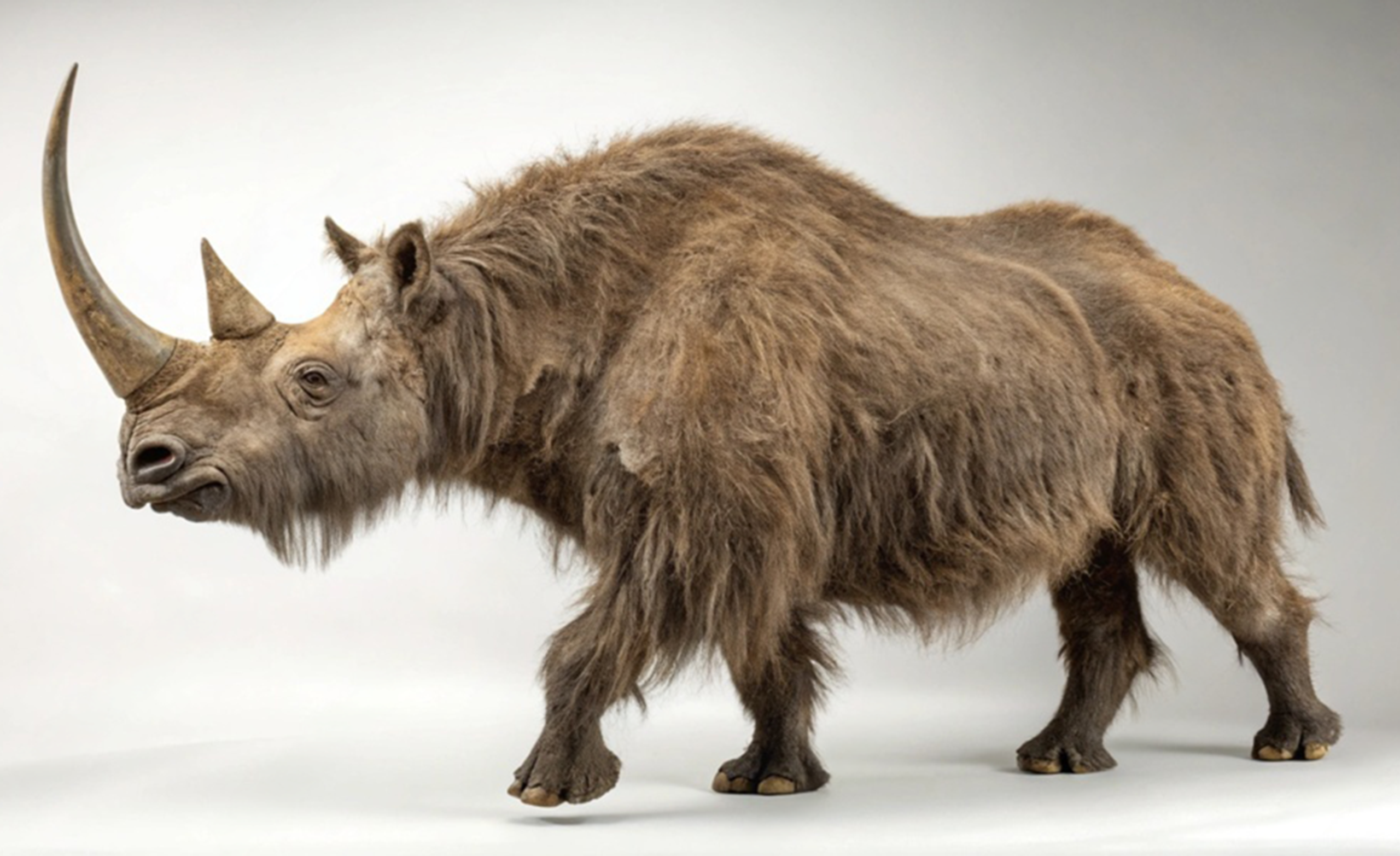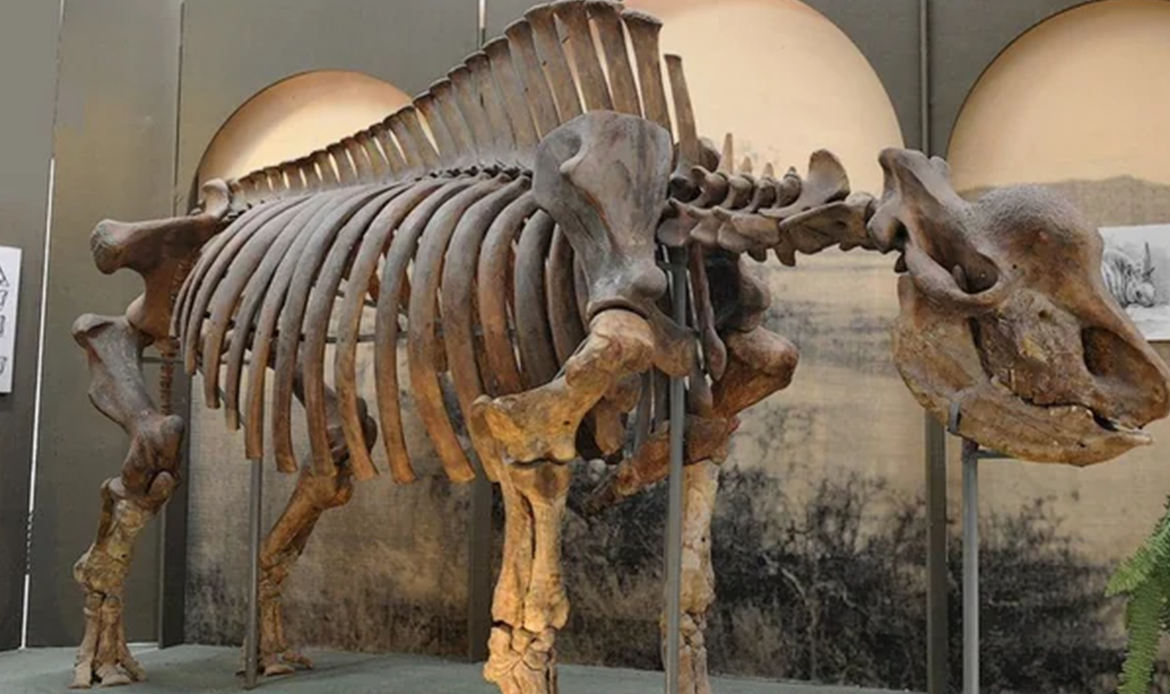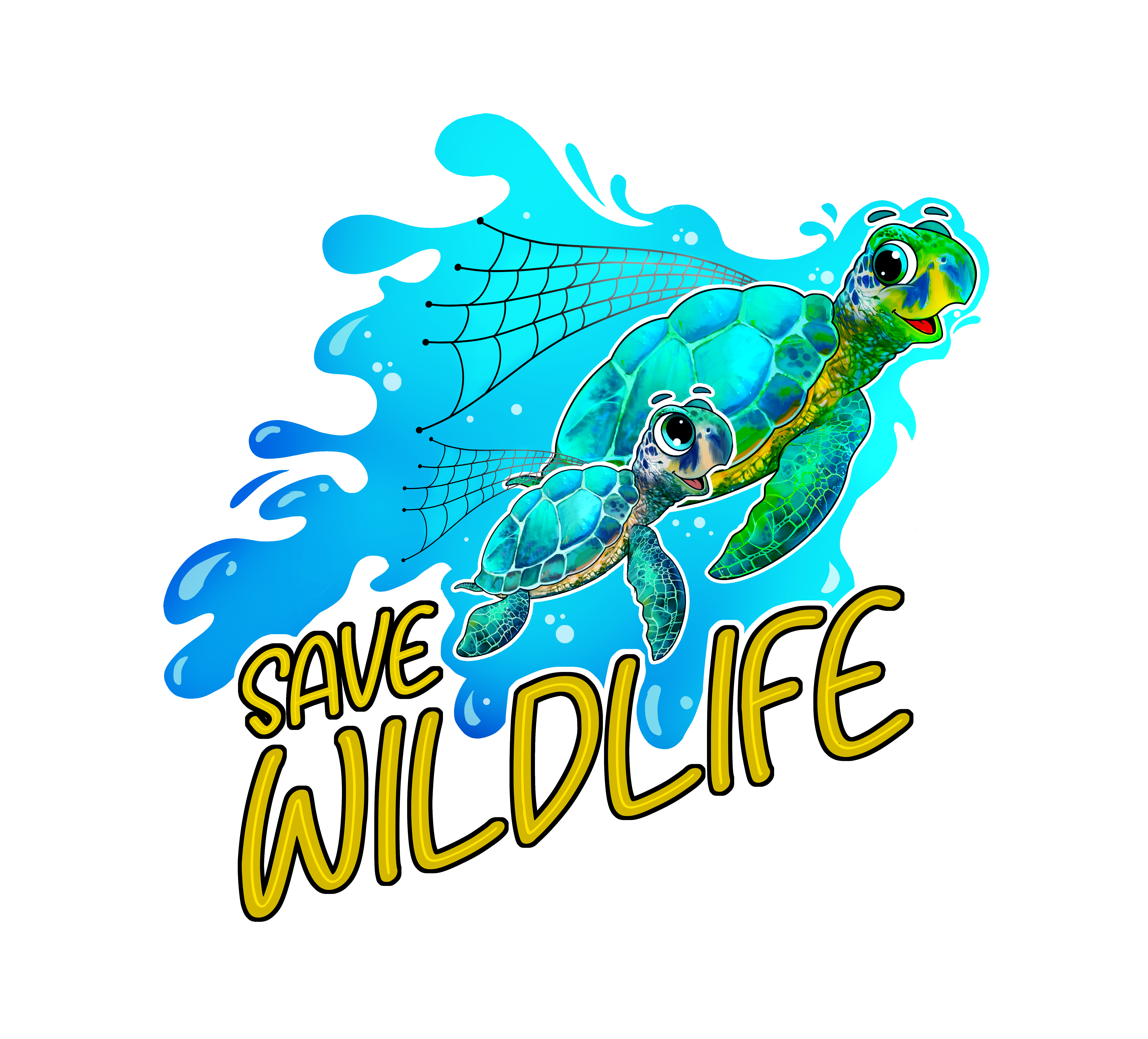
Protect Wildlife Today or Face More Lost Legends Like the Elasmotherium
The saga of the Elasmotherium (Elasmotherium sibiricum), commonly called the ‘Siberian Unicorn,’ is both captivating and heartbreaking. This Ice Age monster, a giant of the Ice Age, complete with a massive horn and imposing stature, roamed the Eurasian Steppe for literally millions of years. Unlike the unicorns in fairy tales, this animal was real; however, like the fairy tale unicorns, it sadly disappeared forever. The disappearance of the Elasmotherium is a good reminder for us to do what we can to protect wildlife today. If we do not, we may not end up not only a species but also the stories that formed them!
Table of Contents
The Real Unicorn of the Ice Age
Elasmotherium was nearly two meters tall at the shoulder and could have weighed almost four tons. The most remarkable thing about it is its huge horn, which some researchers hypothesize could have grown to a length of almost two meters. It was a powerful grazer on the steppe grasslands that extend through what is now known as Russia, Kazakhstan, Mongolia, and Ukraine.
For early humans, witnessing a creature of that size must have been a revelatory experience. Many academicians think that it played a part in the several stories that filtered back into Europe and Asia about unicorns. Imagine how differently myths might be recounted today if the Siberian Unicorn had not vanished. Its disappearance is not just an academic loss, but a cultural one. This emphasizes the case for wildlife conservation today even more–we are not just here to protect wildlife; we are saving stories.
Why the Siberian Unicorn Went Extinct?
Scientists still argue about the reasons for the Elasmotherium’s extinction. Some scholars point to climatic changes eroding the grassy foods on which it depended. Others argue that humans hunted it extensively and drove its extinction. One point is clear: the enormous animal, adapted to life as an Ice Age ecosystem animal, must have struggled to cope with changes occurring around it and ultimately could not survive.
The same pressures that drove the Elasmotherium extinct – climate change, habitat loss, and human uses – are changing habitats and driving modern species towards extinction. When we fail to help save wildlife from disappearing, we contribute to the social construction of extinction. The Elasmotherium is a reminder that no species is immune to extinction, regardless of how dominant it is.
Animal Extinction Awareness and the Value of Legends
Raising worldwide animal extinction awareness relates not just to science, but to connecting with people on an emotional level. The Elasmotherium accomplishes this effectively because it exists between myth and reality. People who may not have an interest in fossils or palaeontology instantly care when they hear about a “real unicorn.” Using stories to create awareness is effective. The more people understand that myths and stories (like unicorns) were or are a part of the web of life, the more they realize how tenuous life is. For that reason, awareness campaigns need to include stories like the one about the Elasmotherium. Once people see things that have already been lost, they are more likely to advocate for the process to protect wildlife today.

What the Elasmotherium Teaches About Wildlife Conservation?
The disappearance of the Siberian Unicorn reveals very important lessons for contemporary wildlife conservation:
- Adaptation Takes Time – The pace of climate change is increasingly faster than the pace of species adaptation.
- Human Influence Is Significant – Regardless of whether the ultimate cause is overhunting or modifications to habitat by humankind, the human footprint contributed to the decline of the Siberian Unicorn.
- Loss of Biodiversity Is a Loss of Culture – When species are lost, we lose their stories, we lose their association with us.
- Awareness Can Inspire Action – The myths of the unicorn demonstrate how animal extinction awareness can transmit well beyond science.
If we take these lessons on board today, we may improve our odds of saving some species that are teetering at the precipice.
Connecting the Past to Endangered Animals in 2025
When we think about endangered animals in 2025, we consider species such as polar bears, orangutans, and sea turtles, all of which are under immense pressure from habitat loss, habitat encroachment, poaching, pollution, and climate change. These same pressures caused the extinction of the Elasmotherium.
This connection is not difficult to see – what happened to the Siberian Unicorn is not ancient history, it is a glimpse of what could happen again. Unless we protect wildlife, our endangered species are at risk of becoming legends. Just like the Elasmotherium is grounded in history as a mythical unicorn, future generations may only understand polar bears through stories and images.
How Can You Help Save Wildlife Today?
The need to protect wildlife is a shared responsibility. People every day can take small steps to help save wildlife:
- Support Wildlife Conservation Activities – Support organizations that relate to habitat conservation through a donation or by volunteering for action.
- Share Information about Animal Extinction Awareness – Use stories like the Elasmotherium to incite action.
- Use Sustainable Practices – Make conscious choices to reduce plastic waste, recycle, and purchase environmentally responsible products to limit the impact of consumption.
- Protect Natural Environments – Recognize and consider how consumption is impacting our oceans, grasslands, and forests.
- Know the Endangered Animals of 2025 – Awareness of what is currently endangered is the first action towards preventing extinction.
People can take small steps that can lead to a big impact, helping the movement that is already happening to protect wildlife.
Last Words of Encouragement
The Elasmotherium, the strong arm of the Siberian Unicorn, is gone, but it still has a story worth telling. Now, it stands as a pain-filled reminder of what we may lose if we do nothing. When we engage to help save wildlife, we don’t just save species; we save culture, myth, and life on the planet.
Picture our grandchildren reading a legend about elephants, tigers, or whales, never mind a reality. That can be stopped in its tracks with action. Action, stemming from animal extinction awareness, a commitment to wildlife conservation, and a focus on endangered animals in 2025, can change this story.
Let the Elasmotherium be an inspiration. Its horn may be lost forever, but it can give us the drive to protect wildlife, so that other myths are not lost for good.
FAQ
Q1: What kind of animal was the Elasmotherium?
It had a giant horn and size, characteristics that gained this prehistoric rhinoceros the nickname “Siberian Unicorn.”
Q2: Why did the Elasmotherium go extinct?
Most likely due to the effects of climate change and human pressure brought about by overhunting and loss of habitat.
Q3: How does the story relate to present-day conservation?
It says how fast species can simply disappear, hence the emphasis on wildlife conservation, just so we do not repeat history.
Q4: What can individuals do today to protect wildlife?
They can work with conservation organizations, raise animal extinction awareness, minimize waste, and choose to live a sustainable lifestyle.
Q5: Why tie the Elasmotherium with endangered species in 2025?
Today’s species are subject to the same hazards those species went through, so thinking about past extinctions will help better inform current decision-making.
